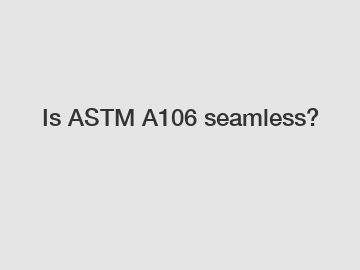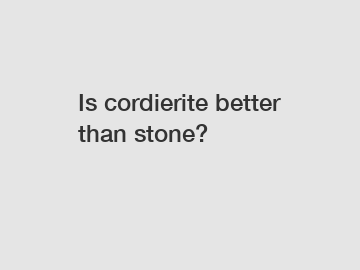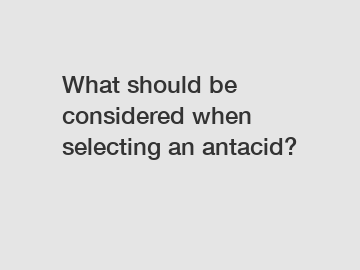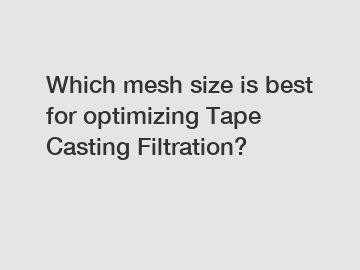What are the disadvantages of cemented carbide?
What are the disadvantages of cemented carbide?
Cemented carbide, also known as tungsten carbide, is a popular material used in the manufacturing industry due to its exceptional hardness and strength. It has found extensive application in various industries, including automotive, aerospace, and mining. However, like any other material, cemented carbide also has its disadvantages. In this article, we will explore the drawbacks of cemented carbide and discuss the implications they have on its usage.
1. Brittleness:
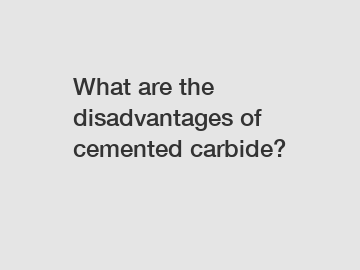
One of the major disadvantages of cemented carbide is its inherent brittleness. Although it possesses excellent hardness, it can be fragile and susceptible to fracture under certain circumstances. This brittleness restricts its application in situations where high impact or shock resistance is required. For example, in applications involving heavy-duty cutting tools or machine components subjected to dynamic loads, the brittleness of cemented carbide can pose a significant challenge.
2. High cost:
Another drawback of cemented carbide is its relatively high cost compared to other materials. Due to the complex manufacturing process and the scarcity of tungsten, which is a key component, cemented carbide products can be expensive. This cost factor limits its widespread usage, especially in applications where cheaper alternatives can fulfill the requirements.
Explore more:How do you make steel Colourful?
Cracking the Code: Unveiling metal shop building prices - Your ultimate guide!
The Ultimate Guide to Column Cladding Details
The Ultimate Guide to Metal Mesh Filter Material: Everything You Need to Know
Which is the best option: Drill collar or drill pipe for cost-effective drilling?
What are the advantages of INvar material for the purchase stage?
The Ultimate Guide to Graphite Electrodes: Best Uses, Properties & Maintenance Tips
3. Limited temperature resistance:
While cemented carbide exhibits excellent performance at room temperature, it can struggle to maintain its physical properties at elevated temperatures. Cemented carbide starts to soften and lose its hardness as temperatures rise above a certain threshold, typically around 600 degrees Celsius. This limited temperature resistance restricts its usage in applications that involve extreme heat, such as high-temperature machining processes.
4. Low toughness:
Although cemented carbide possesses high hardness, it often lacks the desired toughness. Toughness refers to the ability of a material to withstand cracking or breaking under stress or impact. Cemented carbide is susceptible to microfractures, which can make it prone to failure under certain conditions. This limitation can affect its longevity in demanding applications and necessitates frequent maintenance or replacement.
In conclusion, while cemented carbide offers remarkable hardness and strength, it does come with certain disadvantages. Its inherent brittleness, high cost, limited temperature resistance, and low toughness pose challenges in specific applications. To mitigate these drawbacks, alternative materials that provide better impact resistance, increased heat resistance, and improved toughness may be considered. Nonetheless, cemented carbide remains a valuable material in various industries, particularly for applications that do not require extreme impact or high temperatures.
If you want to learn more, please visit our website tungsten carbide button bits, rectangular tungsten carbide blanks for sale, Carbide Rod Blank Supplier.
Explore more:Neodymium Magnet: How Can It Revolutionize Green Energy?
Which Carbide Blanks Producer Should You Choose?
What is alloy-steel pipe?
4 Elements of the Advantages of Aluminum Furniture
When was perforated metal invented?
Discover the Top Aluminum Alloys for Sale - Achieve Maximum Strength & Durability!
What is the problem with using black iron for water piping?



